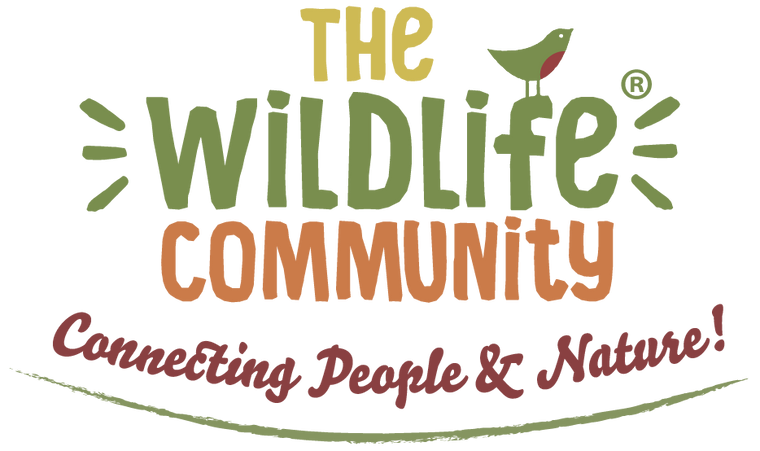
How to feed your garden birds
February is peak bird feeding month. Why? Because natural food reserves have been depleted through the winter and the weather isn’t yet warm enough for the nuts, fruit and berries they naturally eat to have grow.
Find out what you can do to help the birds in your garden stay full and healthy now.
How often should you feed your garden birds?
It’s never a good plan to simply leave out a bird feeder filled to the brim with food. It’s a much better idea to regularly add small amounts of food – every day, or even twice a day during particularly bad weather. That’s because if the food isn’t eaten quickly by the birds, it can congeal and become dirty and full of nasty bacteria which can then spread disease amongst bird species. You can learn quite easily how often your feeders need to be refilled and with how much. Just keep a watch on your garden birds. It will depend on how many birds are visiting your garden and whether they stay to feed regularly.

Which feeder should I buy?
Most garden birds in Britain tend to fall into one of two categories – those which enjoy feeding from the ground, and those which prefer to feed from a hanging feeder. Dunnocks, robins and blackbirds have a habit of feeding at ground level. Our Boxwell Ground Feeder is designed for these birds. It's easy to clean and move around your garden.
If you prefer to simply scatter the food on your lawn, ensure you only leave what the birds will definitely eat; as any leftover food could attract vermin, and keep changing the place where you leave the food.
Those birds which prefer using a hanging bird feeder include the tits (blue tits, great tits and coal tits), siskins and greenfinches. There are a few different styles of hanging feeder, including swing seat feeders, which braver birds like robins will also enjoy. And metal mesh hanging feeders which enable birds to grasp onto perches from which to feed from.
What should I feed my garden birds?
Always look for high quality seed mixtures which are free from wheat. Our mixes are selected to attract the widest range of garden birds whilst maintaining freshness and flow within seed feeders. Kibbled peanuts are rich in essential oils and proteins. Black Sunflower Seeds are high in calories, and because they have their shells on they stay fresher for longer. But we also include some sunflower hearts for the soft-billed species which cannot remove the husks.
Hemp is often described as a garden bird ‘super food’. Hemp is rich in oil and protein but also contains the highest level of fatty acids of any seed type along with beneficial minerals for bird health. It’s favourite of the Bullfinch, Chaffinch, Greenfinch, Redpoll, Sisken, Tree Sparrow, House Sparrow, Collared Dove and Nuthatch. Lastly, we pop in some Red Millet, which is highly nutritious and is a particular favourite of Tree Sparrows.
Want to find out more about feeding our new Cotswold Granaries range of food to your garden birds, our Ecologist Chantal Brown has all the answers:
If you would like to leave out peanuts (unsalted) for your garden birds then these need to be placed in a peanut specific feeder which will have a small enough metal mesh to prevent whole peanuts or large pieces of nut from being removed as the birds could choke on these. Alternatively, you will have to break up the peanuts into tiny pieces if you want to place them on a tray or bird table.

How do I attract more birds into my garden?
As well as leaving out food regularly, you can also consider planting wild flowers which garden birds enjoy feeding on; and which also attract the sorts of insects which birds like to eat. Goldfinches, blue tits, chaffinches, greenfinches and starlings will all benefit from wildlife friendly gardening of this nature. Our selection includes Rough Hawkbit, Wild Carrot, Teaseal, Knapweed, Common Sorrel and Salad Burnett. Wild flower seeds should be sown in the autumn-time ready for early spring blooms.

How to clean out your bird feeder?
Try to clean bird feeders as often as you can. Ideally once a week. It’s best to do this with hot water and an eco-friendly washing up liquid to ensure you’re killing all the bacteria which might have built up. You can also invest in a Wildlife World Hygiene Brush Kit which is specifically designed to reach into tight and awkward spaces to ensure the whole feeder is clean.
Should I offer garden birds a source of water?
It’s also important to ensure there is a clean, fresh water source for your garden birds. You might think this is a silly idea considering how wet the weather has been! But a bird bath which is regularly topped up and kept disease free by cleaning ensure birds are getting the best water they can. It’s also much easier for you to monitor this and, during particularly cold snaps, you can make sure ice doesn’t build up on top and stop birds getting access to the water.



